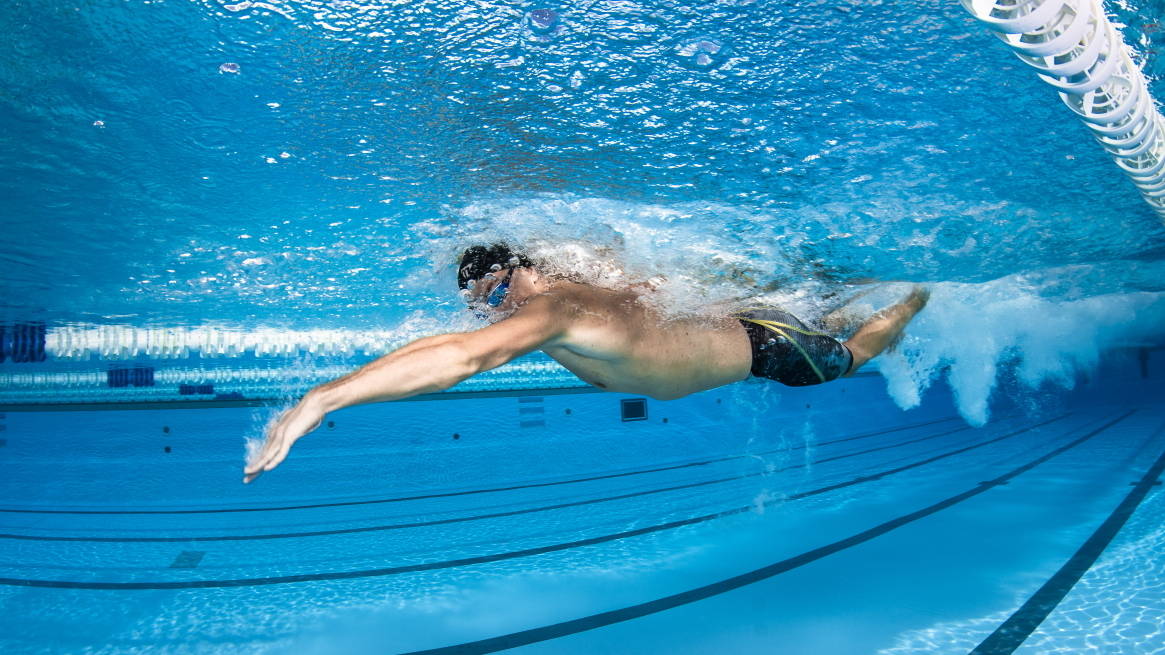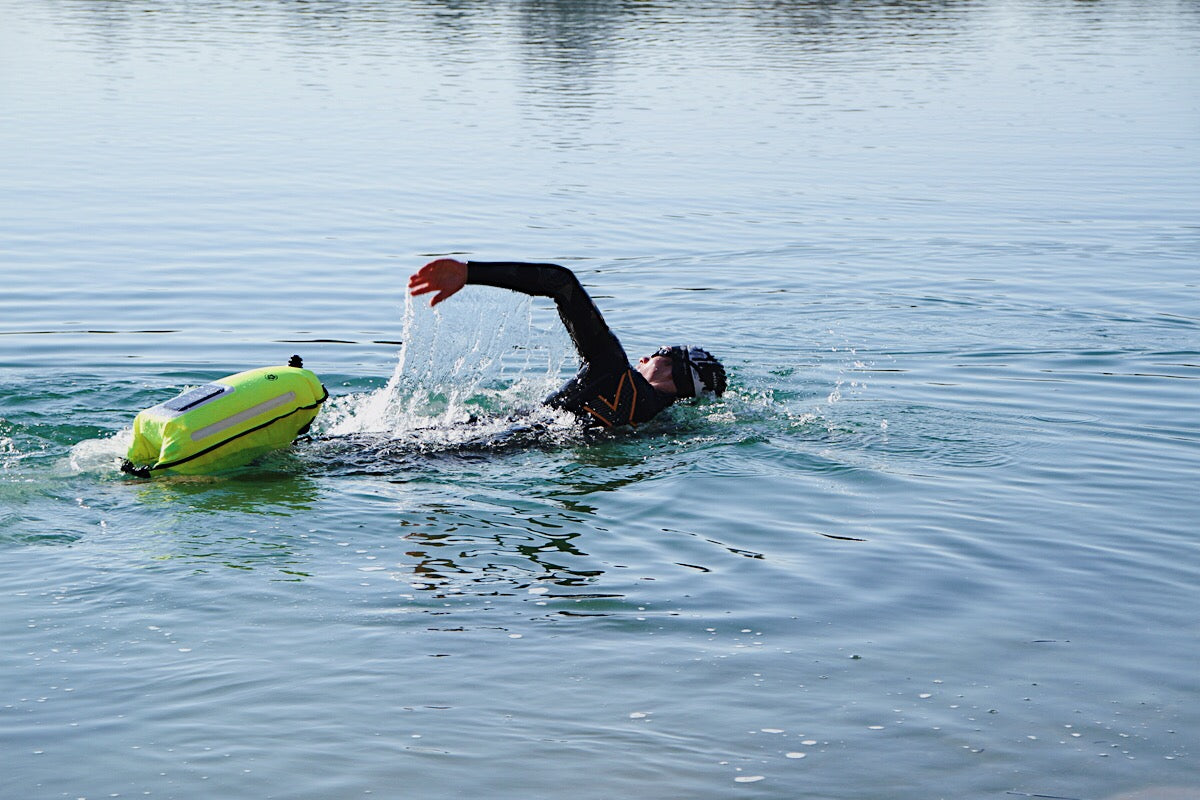A flat position in the water is the decisive prerequisite for minimizing water resistance and for swimming effectively and with less effort. But what if, despite all your efforts, your legs keep sinking? You become a lead duck, an anchor, a driftwood - the swimming training becomes torture and is anything but fun. We give you three essential tips for stabilizing the water position.
Many know that...
...barely a few meters away from the wall, your legs sink towards the floor again. The train is getting shorter and the train is getting longer. But why doesn't that work with the right position in the water?
One cause of the problem is that the body's center of gravity is not shifted far enough forward. As on a seesaw that is badly balanced, one side sinks down - the legs. The following exercises can help:
Exercise 1: Learn to balance your own center of gravity
We recommend the following essential basic exercise: The body is in a side position, which means you look towards the edge of the pool. The lower arm is stretched forwards and downwards, the arm on the water surface lies relaxed against the body. With a slight kick you now cover 25 meters. The head is under water, looks towards the edge of the pool and is only briefly turned to the shoulder above to breathe. Propulsion comes only through the legs, the arms do not move. At the beginning, the use of short fins is quite helpful. Advanced users can do it without.
The aim of the exercise is to get a feeling for the position in which the body has a stable position in the water.
Exercise 2: deliberately keep your head deep in the water
Back in the normal crawl movement, it is now important to pay attention to the head: When breathing, the head is turned to the side and not thrown back. It is helpful to consciously move your chin towards your shoulder. In the beginning you can swallow water if you swim into a wave or if the breathing timing is not right.
On the other hand, if you stretch your head back, you usually hollow your back at the same time. As a result, the body's center of gravity moves mercilessly backwards and your legs sag. So the head has a key function for the shallow water position.
Exercise 3: Make it as long as possible in the water (stretching crawl)
After dipping your arm, reach forward as far as you can. If you rotate your body around the longitudinal axis, you gain a few centimeters in length, you have less water resistance because your shoulders are out of the water, and you also gain stability in the water.
Now imagine lying on a seesaw and trying to get overweight forward so you tip over to the other side. As a result, your body's center of gravity moves forward, you swim "downhill". The legs sink less in this position. Remember the first exercise: In the side position, the legs sank much less towards the pelvic floor!




















